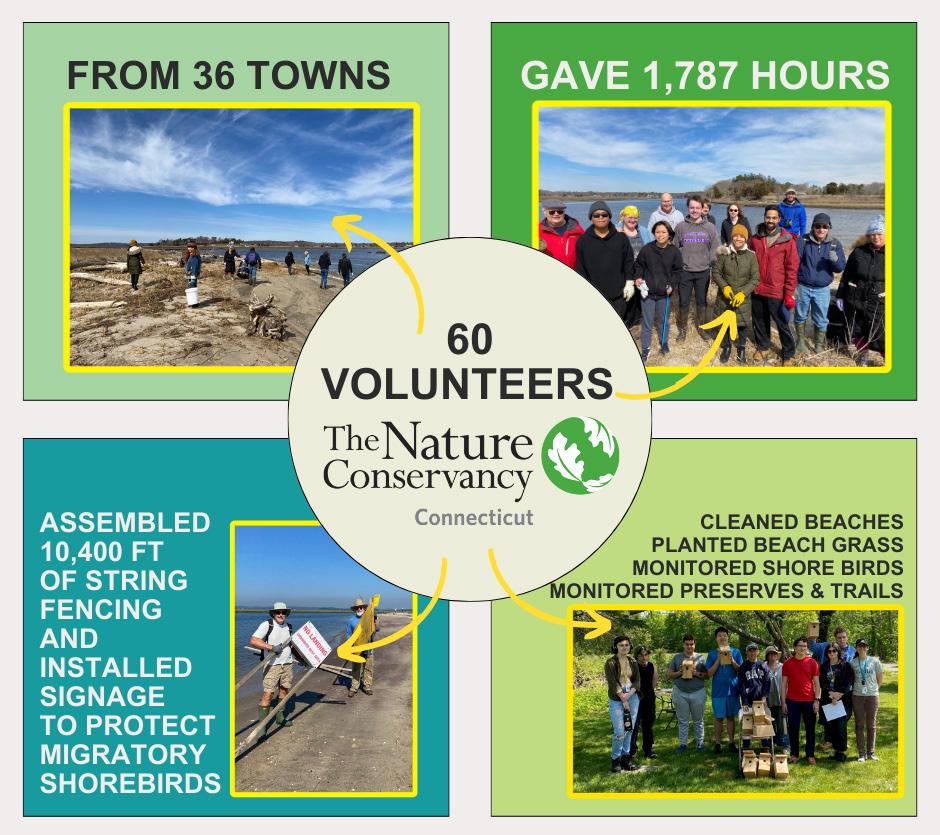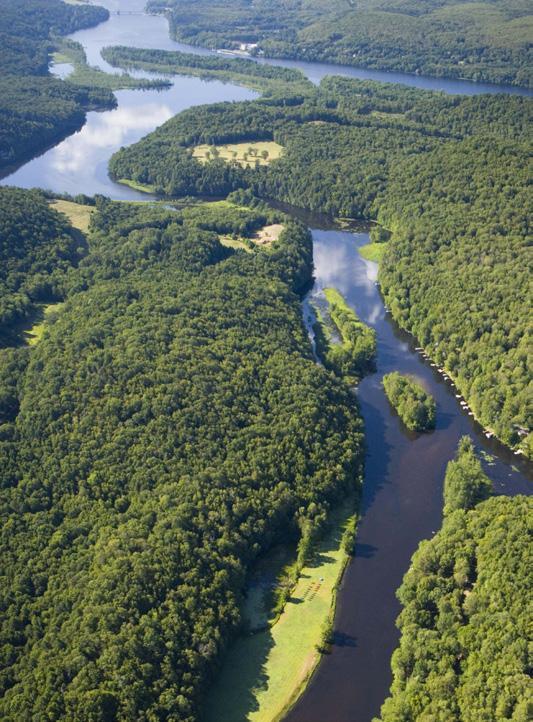

CONNECTICUT’S
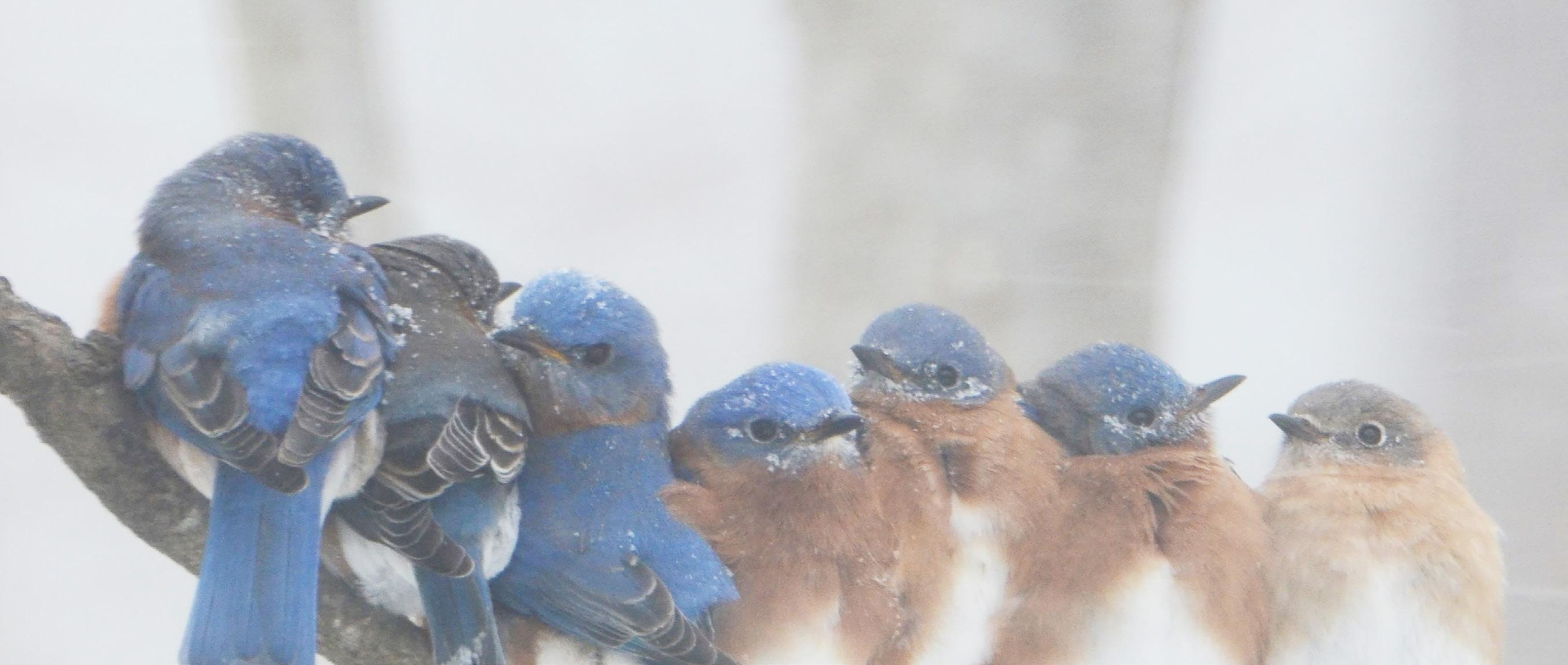
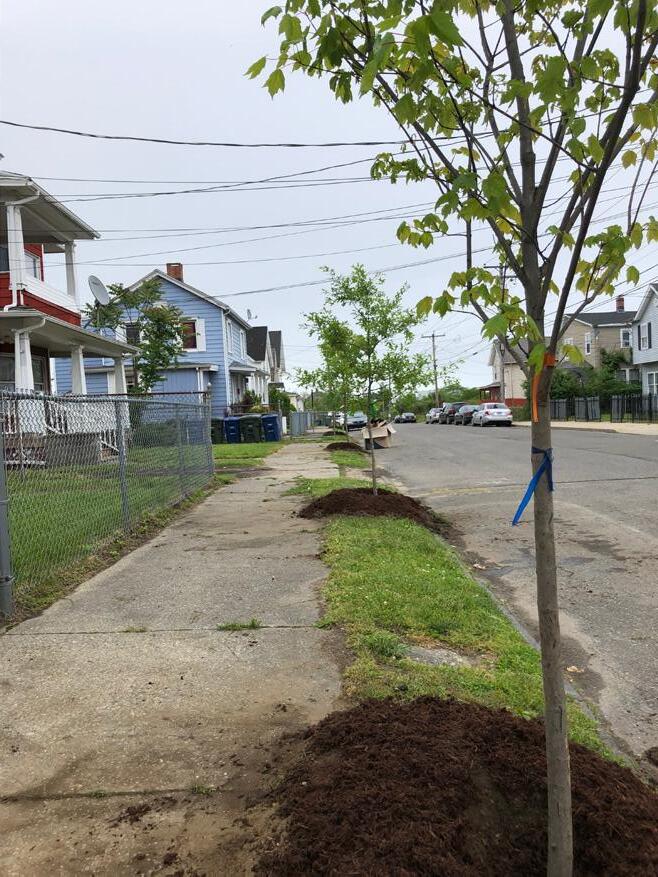
New Grants
Advance TNC’s Mission in Connecticut
From Long Island Sound to large cities, areas across the state will see positive change through multiple grants recently secured by The Nature Conservancy. Awards will advance ongoing collaborative work with existing partners but will also engage stakeholders in new conservation projects.
Long Island Sound Work
Long Island Sound’s coastal waters in both Connecticut and New York are the focus of a $262,000 award to TNC in collaboration with Citizens Campaign for the Environment and Save the Sound. The award—from the EPA through the National Fish and Wildlife Foundation and Long Island Sound Futures Fund—will support the bi-state Long Island Sound Coastal Watershed Network.
The new round of funding will further events and information sharing—including a January webinar on nitrogen pollution—and provide opportunities for local governments, NGOs, businesses and concerned residents to collaboratively address water quality challenges. Network programming connects advocates from varied backgrounds by highlighting successful projects and fostering a shared commitment to reducing pollution impacts in the Sound’s coastal waters.
“Since beginning this work in 2020, our organizations have highlighted more than 40 local projects and built a network of 560 members working to reduce local water pollution from sewage, stormwater, fertilizers, litter and marine debris,” said Holly Drinkuth, TNC’s director of river and estuary conservation in Connecticut.
City of Groton Partnership
TNC has received a $361,080 grant to partner with the City of Groton in addressing longstanding issues from stormwater flooding in the Five Corners neighborhood. The grant, funded by the Environmental Protection Agency through the National Fish and Wildlife Foundation, will fund a stormwater assessment to closely study the affected areas and develop nature-based solutions.
TNC has worked extensively with the City of Groton, including the development of the Southeastern Connecticut Regional Framework for Coastal Resilience. This project continues this work, as well as the city’s Community Resilience Plan, released in May 2022.
“Stormwater flooding in Five Corners is a critical issue for residents and the city’s workforce. We’ve seen infrastructure pushed beyond its limit by the volume of water in the area,” says Tim Clark, program director of TNC’s Resilient Southeast CT Project. “This grant gives TNC and Groton a fantastic opportunity to unlock restorative actions identified by the city in their Community Resilience Plan.”

Urban Forestry’s Future
A $2.2 million grant has been awarded to TNC from the U.S. Forest Service to help advance urban forestry plans. Communities across the state will have the chance to learn from peers and plan long-term change for residents through the proposed Connecticut Urban Forest Network for Equity and Resilience.
Funding is from the Inflation Reduction Act and Forest Service’s Urban and Community Forestry Program.
The collaborative, statewide work aims to build Connecticut’s urban forestry capacity, particularly in communities with very low tree canopy cover, assess community urban forestry needs, give members a chance to work together, and lay the foundation for sustainable funding and capacity.
“There are numerous approaches to caring for and expanding Connecticut’s urban forests, and many communities seek opportunities to learn from peers. Time is of the essence. Bringing together communities across the state will maximize impact,” explains Drew Goldsman, TNC in CT’s urban conservation director.
Connecticut Chapter Shares Expertise on NBC CT
• Dave Gumbart, Connecticut River preserves manager for the CT chapter of TNC, was featured in a live NBC CT segment about winter hiking safety and the First Day Hikes movement on New Year’s Day. He outlined items to pack, other ways to prepare, and the benefits of starting a new year by connecting with nature.
• January’s partial dam breach on the Yantic River was a big reminder: Dams are important in discussions on extreme weather, community resilience, public safety, and reconnecting rivers. Holly Drinkuth, director of river and estuary conservation for TNC in CT, spoke with NBC CT on the topic.

Wildlife Assessments with CT DOT
In its first project with the state Department of Transportation, TNC, along with the state Department of Energy Environmental Protection, will examine wildlife passageways that intersect with roadways.
The DOT is receiving $360,000 to develop a statewide assessment that identifies areas with the most frequent collisions between vehicles and wildlife, as well as informational resources for the public.
As the project manager, TNC will gather research and data, and bring together stakeholders, to inform future state projects and safety improvements.
“We’re so pleased that federal funds can support this first-ever statewide examination of wildlife movement across the state, as it’s been a long-term goal for many agencies in Connecticut,” says Shelley Green, TNC’s director of conservation programs in Connecticut.
“We’re hopeful it will lead to improved safety for people and wildlife, and provide much-needed information for a state wildlife action plan being developed by DEEP.”
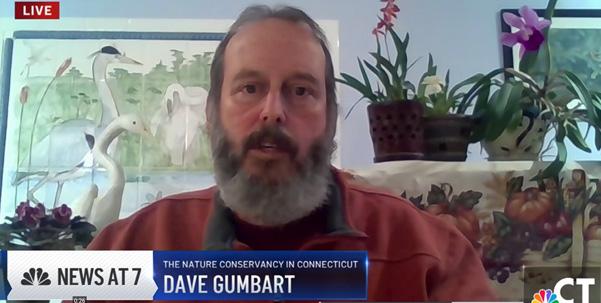
Click to play hiking story
Click to play dam story
•
•
•

Celebrating 50 Years at Sunny Valley Preserve
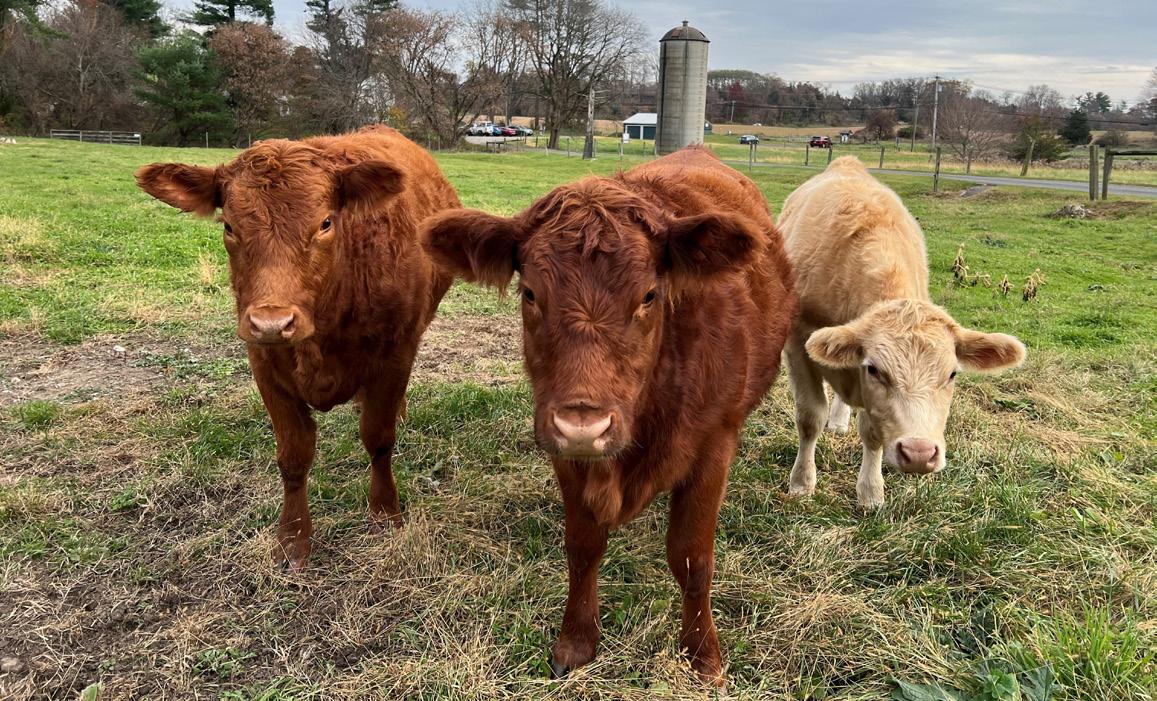
• 450 acres of working farmland
• 1,450 acres of natural areas
• More than 18 miles of public hiking trails
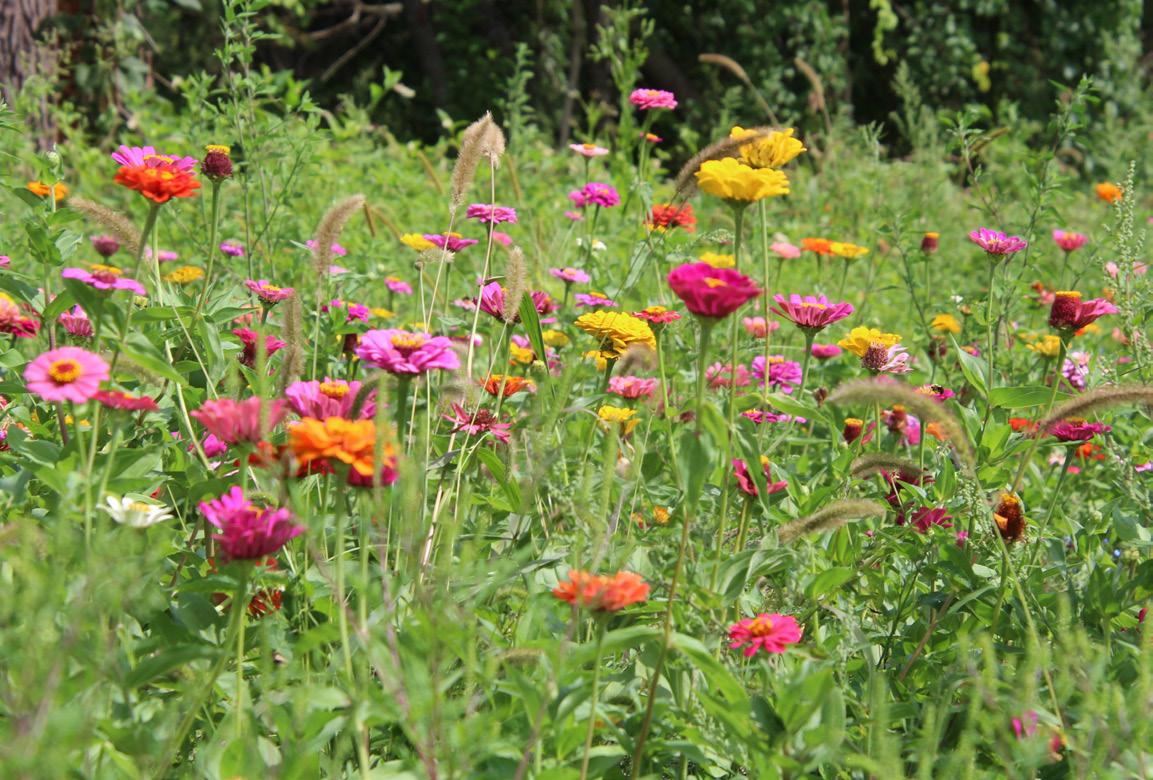
The Nature Conservancy in Connecticut has celebrated 50 years of the Sunny Valley Preserve: In 1973, the land officially came into TNC’s care so it would be protected while supporting sustainable farming and education.
From the start, this unique conservation project, spanning New Milford and Bridgewater, believed that protecting the planet and feeding its growing population could go hand-in-hand.
“Sunny Valley has certainly evolved over the decades, but the heart and soul of this work has remained the same: to protect the land and all of its wildlife and vegetation, while nourishing local communities through farming methods that work with the land, rather than just making use of it,” says Wayne Woodard, TNC’s Sunny Valley preserve director.
At Sunny Valley, TNC continues to carry out the science-based conservation vision of George Pratt, Jr., who donated the land. His father purchased Sunny Valley Farm in 1934, and Pratt went on to protect more than a dozen pieces of open or wooded lands in the area from developers. In 1973, he donated them to TNC.
Over time, after significant capital improvements, four primary farms were established on the parcel and leased to farmers. The result is one of Connecticut’s most exceptional protected spaces, teeming with educational opportunities, diverse plants and animals, a strong sense of community and working farms.
Sustainable farming methods aren’t just a Connecticut conversation; they’re a global concern, given farming’s connections to greenhouse gases and climate change.
“We’re proud that Sunny Valley is an example of land preservation, and also of the long-term positive impact that sustainable agriculture can have on the environment,” adds Laura Shail, office administrator for Sunny Valley. “So many people of all ages across our state have had the chance to hear about that work, while also learning about the natural habitats. We look forward to the next 50 years and beyond.”
Photo by Susan Wollschlager Photo by Laura Shail
Saving Seagrass in Long Island Sound
A diver off Fishers Island— a roughly 4-square-mile island off the eastern end of New York’s Long Island— can encounter a truly mesmerizing sight: hundreds of tiny, silversided fish shimmering in the sunlight as a juvenile green sea turtle glides above a lush meadow of tall, waving grass blades.
Yes, it’s certainly beautiful.
But the scene is also rare.
Fishers Island’s seagrass is among the last meadows remaining in Long Island Sound, which includes both Connecticut and New York waters. This meadow is exceptional for its height of up to 3 feet and the 24-foot depths to which it grows.
Seagrass meadows once fringed bays and harbors along both New York’s and Connecticut’s shores, but today 90 percent of the seagrass is gone.

The Nature Conservancy has completed extensive research into the decline of these meadows, which provide irreplaceable benefits for marine life and people.
Now TNC is working across state borders to protect the Sound’s remaining meadows—only 2,000 acres—and restore conditions that seagrass needs to thrive. A new partnership informed by TNC’s research and advocacy is bringing that goal closer to reality.
Why Seagrass Matters and What Happened to It
Seagrasses are a unique group of flowering marine plants that live fully submerged in shallow coastal waters around the world and provide essential habitat for thousands of ocean animals. Eelgrass (Zostera marina), the main species of seagrass found in Long Island Sound, provides habitat for species such as flounder, bay scallops and American lobster, that are commercially and recreationally important.
Seagrass meadows also provide recreational opportunities for divers, improve water quality and clarity by absorbing nutrients, and reduce shoreline erosion by stabilizing sediments. Additionally, they are an important component of coastal blue carbon, which helps mitigate climate change and its impacts by restoring critical aquatic systems that sequester carbon.
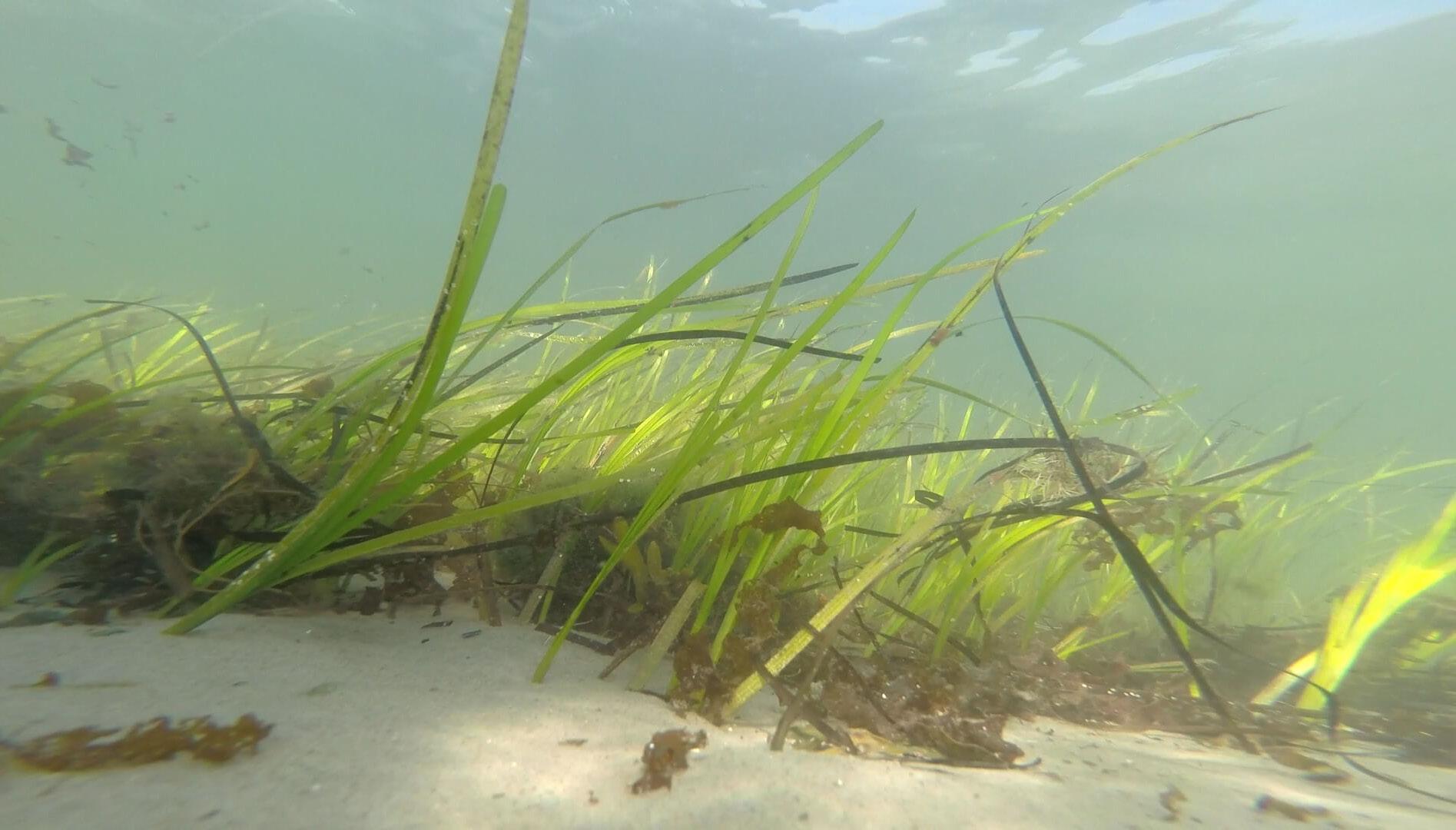 Photo by Kristie Giannetto
Photo by Kristie Giannetto

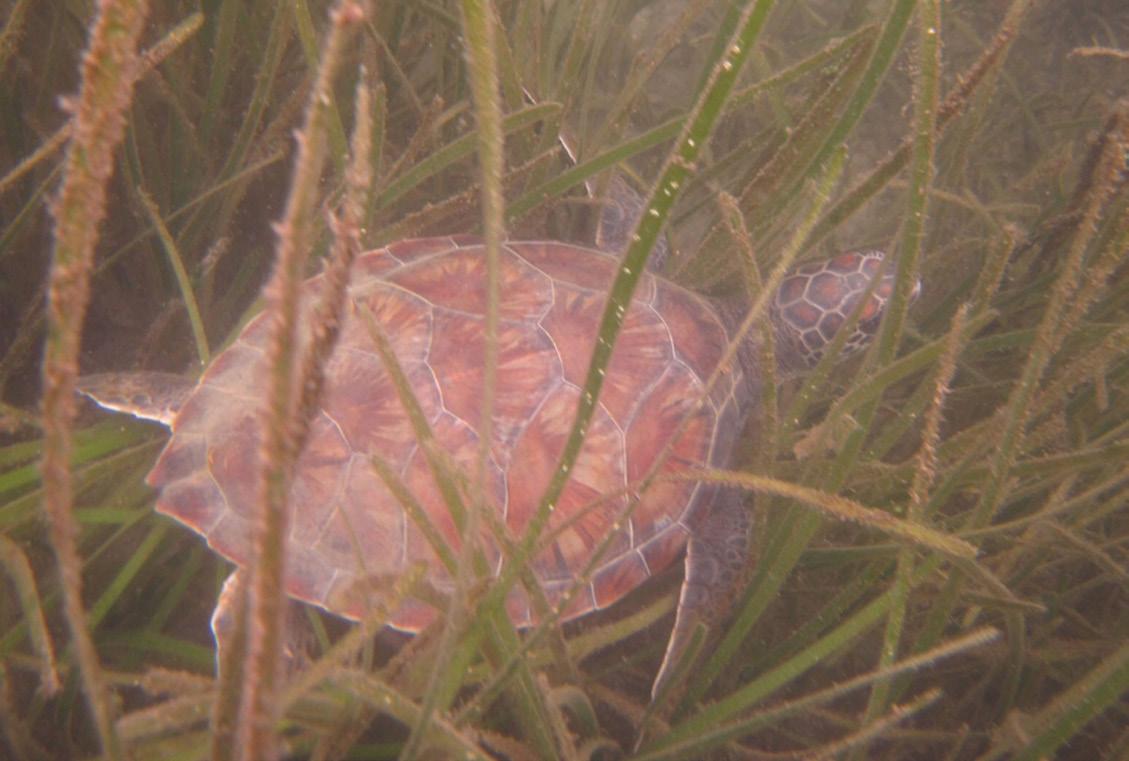
Some of the “services” seagrass provides hint at its vulnerabilities though. In response, TNC scientists began a multiyear, federally funded research initiative in 2009 to better understand the causes of seagrass decline throughout Southern New England and New York. The initiative, completed in 2014, identified nitrogen pollution—primarily from sewage and fertilizers—and warmer water temperatures as the greatest threats to seagrass in the study region.
“Reducing nitrogen pollution from human activities is the No. 1 thing we can do to help seagrass meadows thrive in Long Island Sound,” says Holly Drinkuth, TNC in CT’s director of river and estuary conservation. “Eelgrass is sensitive to spikes in water temperature, so we see dramatic losses in shallow bays during extended heat waves. As water temperatures continue to increase, maintaining high water quality and clarity helps ensure remaining meadows have the best possible conditions needed to recover and persist.”
Although seagrass can absorb nitrogen, too much can fuel overgrowth of harmful algae that smothers it. Then as fertilizer reaches the coast through water runoff, it boosts algae growth further. Likewise, while seagrass— particularly in established meadows with deep root systems—absorbs and retains carbon, seagrass that is vulnerable to degradation by warming seas is at risk of becoming a source of carbon emissions.
Also, Drinkuth says, while we know seagrass was hit hard by disease in the 1930s, today there are persistent threats associated with physical damage from activities such as anchoring, moorings, propeller scars, dredging, coastal construction and fishing gear.
Protecting Seagrass: What Comes Now?
After completing research on causes of seagrass decline, TNC scientists shared what they learned widely with conservation partners, as well as communities, like Fishers Island. But improving water quality locally will reach beyond seagrass—to biodiversity, the fishing industry, the economy, and more, and support TNC’s global goal of conserving nearly 10 billion acres of ocean by 2030.
Informed by TNC’s eelgrass research, community-based planning efforts and advocacy, a new Long Island Sound Seagrass Management Collaborative was formed in 2023. Overseen by the Connecticut National Estuarine Research Reserve and supported by the Environmental Protection Agency’s Long Island Sound Estuary Program, the collaborative is working to review data gaps, leverage new funding opportunities and establish a shared management strategy for eelgrass recovery in both Connecticut and New York waters of Long Island Sound.
The Long Island Sound Coastal Watershed Network— formed in 2020 by TNC, Save the Sound and Citizens Campaign for the Environment—has also played a role in eelgrass efforts. The network shares project ideas and success stories of communities tackling nitrogen pollution to collaboratively address water quality challenges and connect advocates from government and NGOs to businesses and local neighborhoods.
Work being highlighted includes: studies on areas with the highest use of lawn fertilizer; information campaigns for residents using such fertilizer; local efforts to upgrade onsite sewage treatment technology; legislative proposals; and appeals to companies in the fertilizer industry. Future projects include rain gardens that absorb stormwater run-off in areas of concern.
Photo by Tracy B. Brock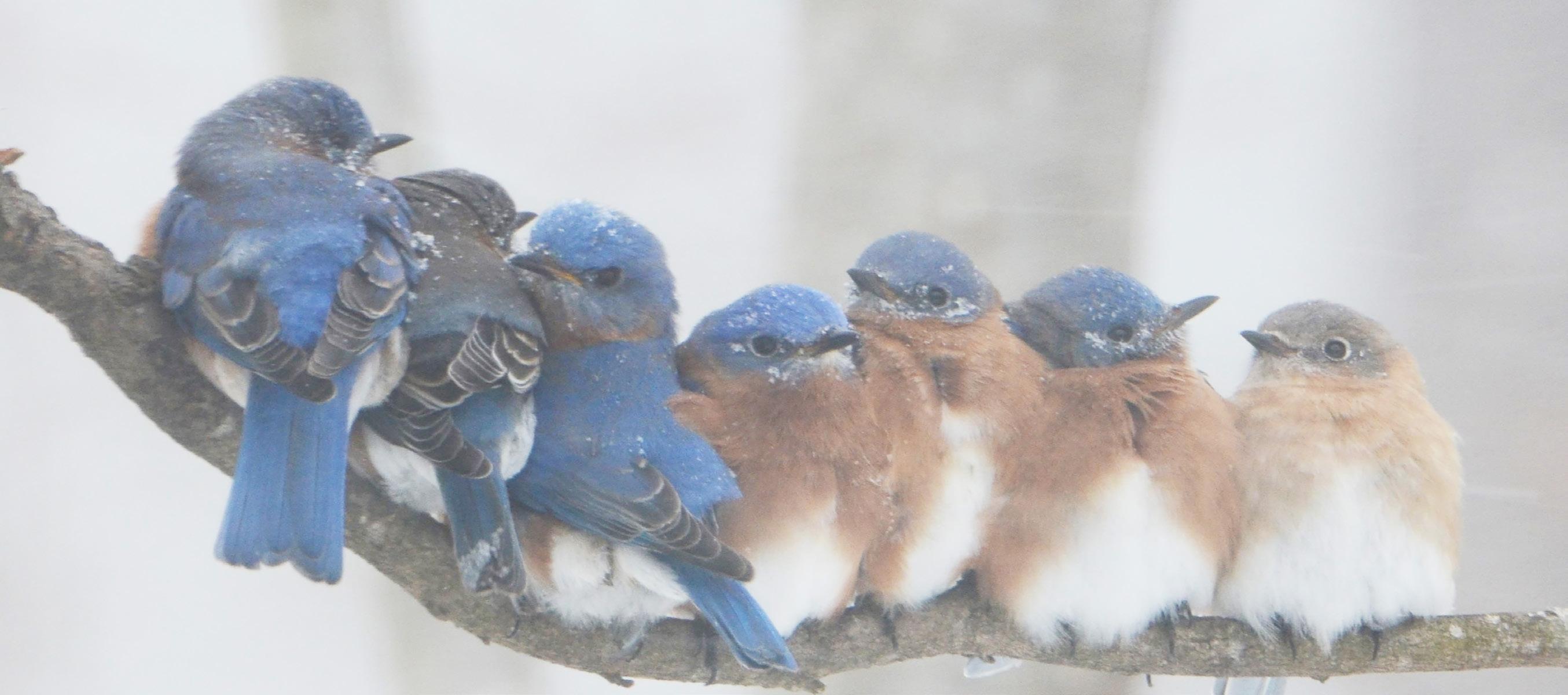
2023 Volunteer Highlights
Volunteers for TNC in CT dedicated 1,787 hours in 2023 to protect migratory shore birds, plant beach grass, clean beaches, monitor preserves and trails, and much more, all across Connecticut, under the leadership of Volunteer Coordinator Martha Rice.
The chapter is grateful for all of the volunteers who generously donate their time to protect nature, no matter the season and no matter the challenge. Volunteers are needed for year-round work, as well as single events.
Infographic by Isaias Rodriguez
Join Us: World Fish Migration Day
When: Tuesday, May 21, with activities starting at 3 p.m.
Where: Northwest Park on the Farmington River, Windsor
Look forward to: A guided river walk, film premiere of “Reconnected: Restoring the Rivers of Long Island Sound,” panel discussion, refreshments, Happy Fish appearance
Plan your visit: https://bit.ly/wfmd
